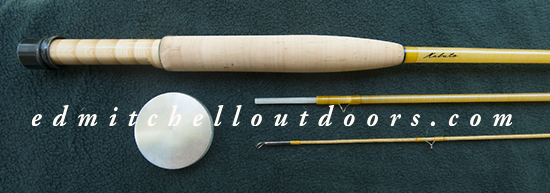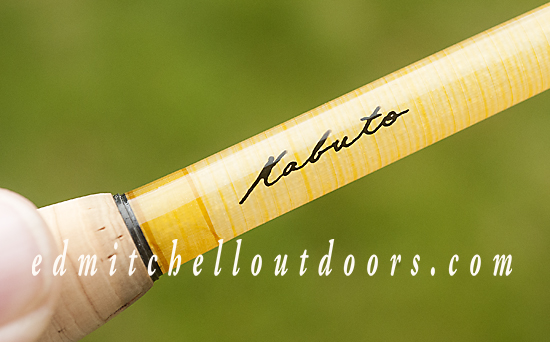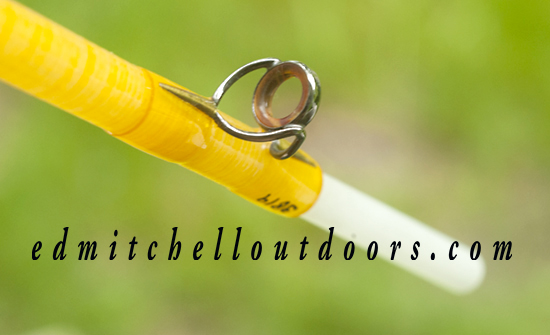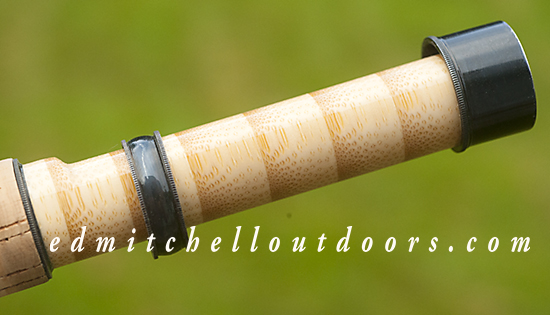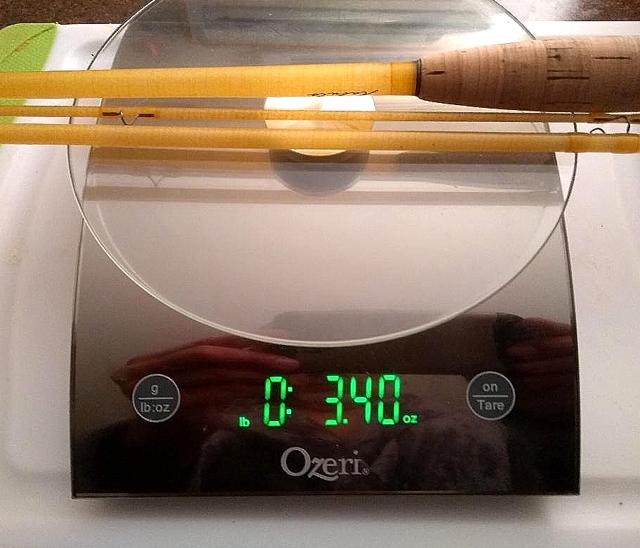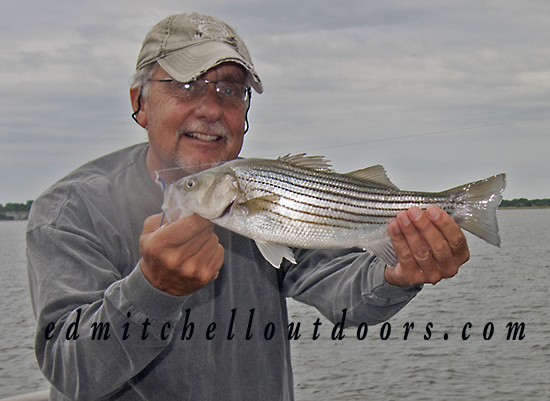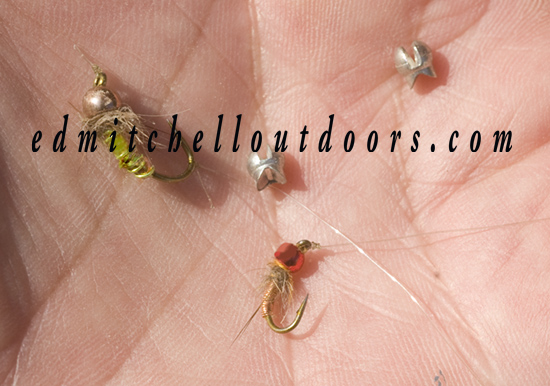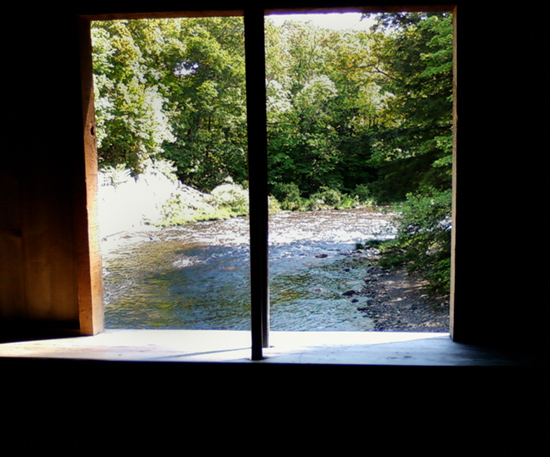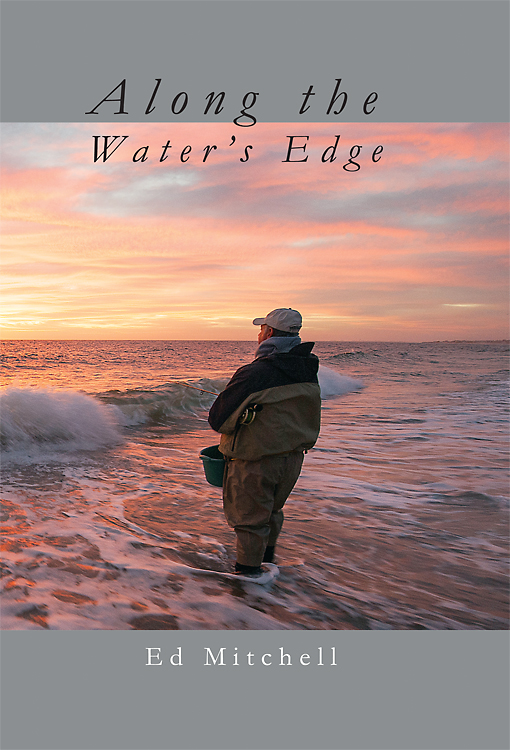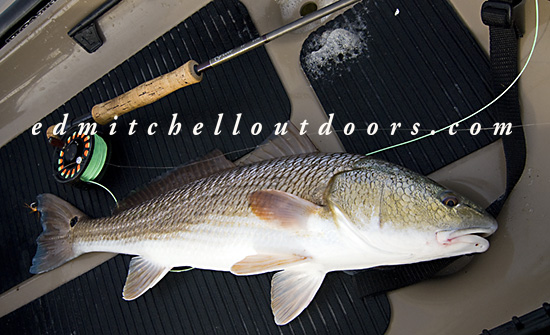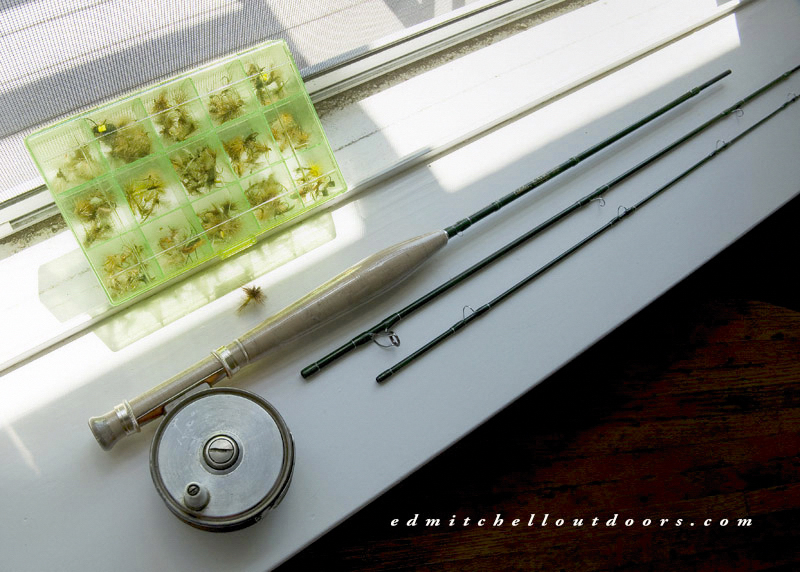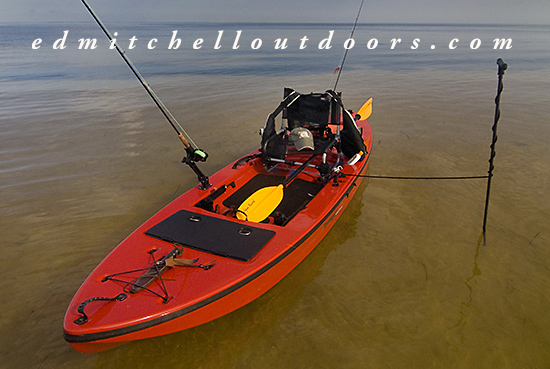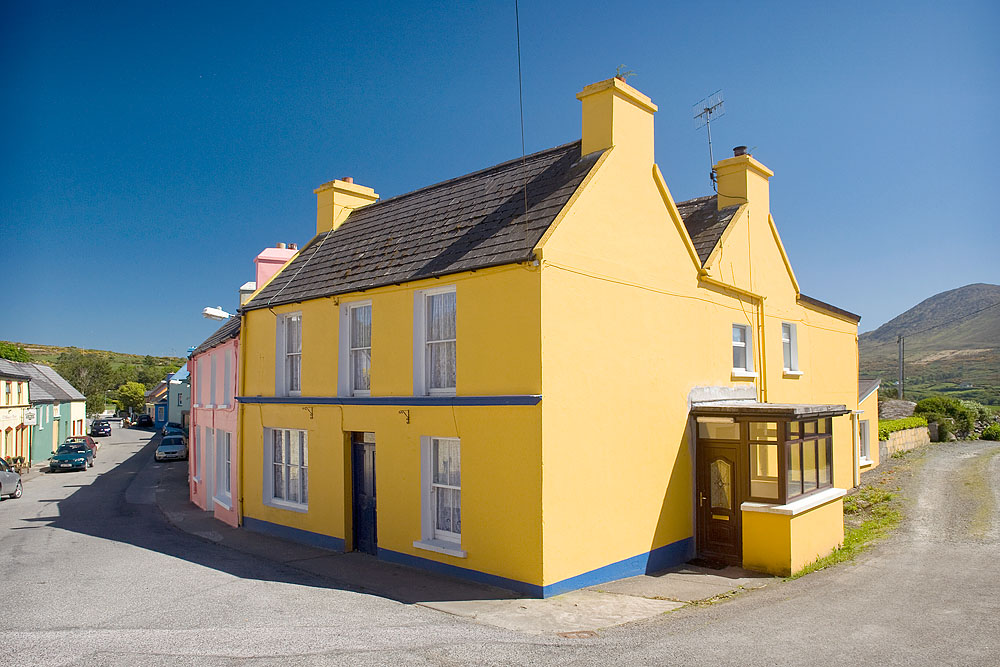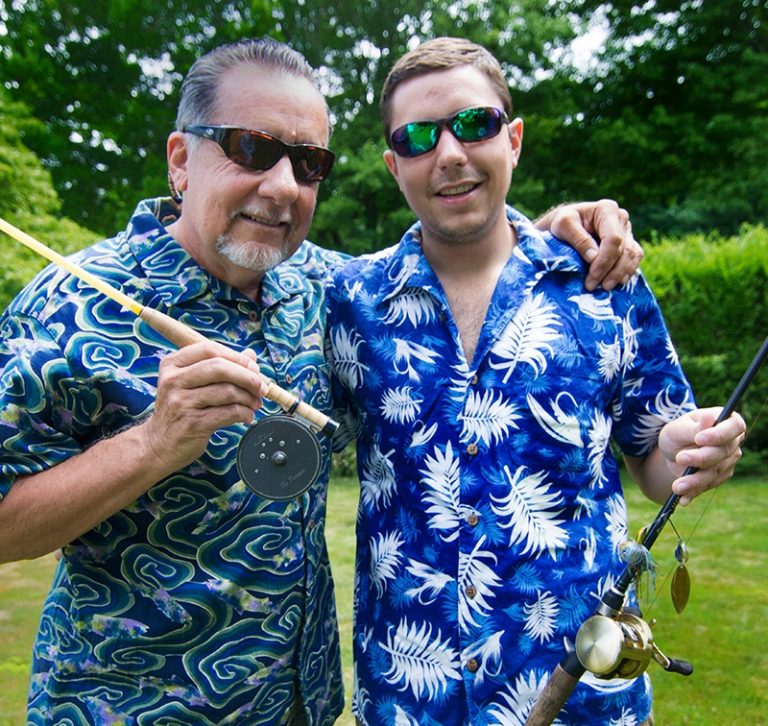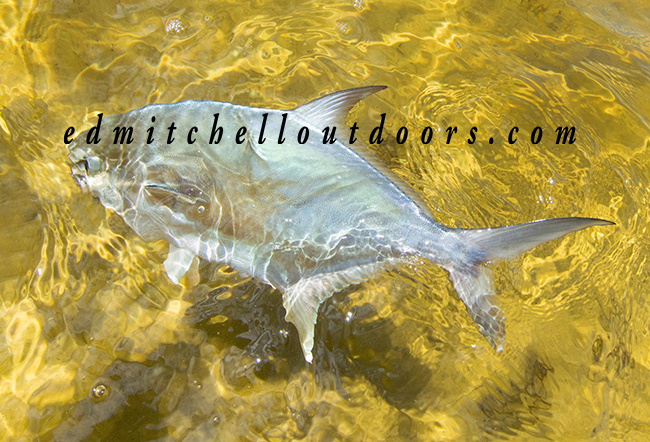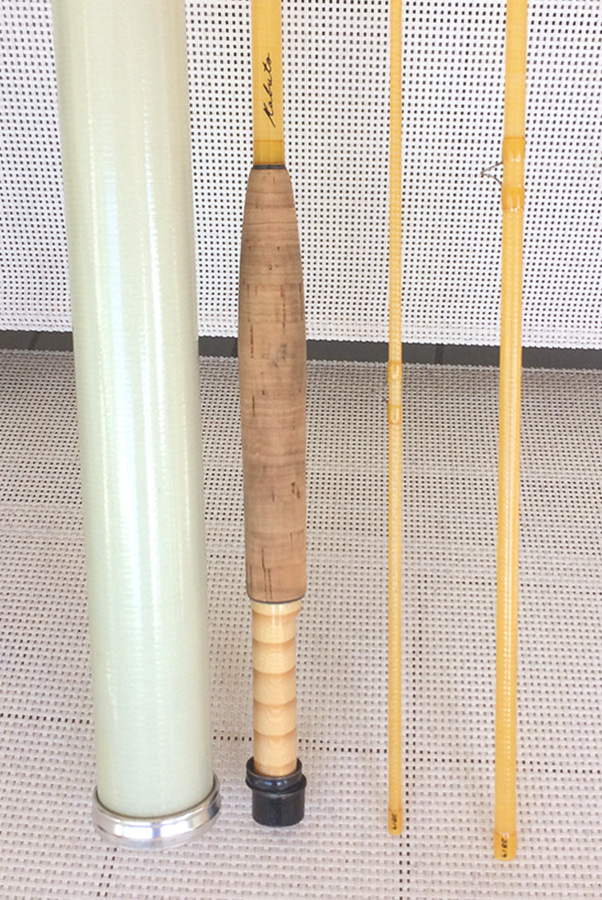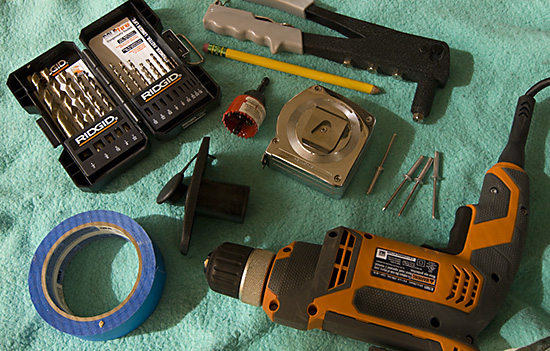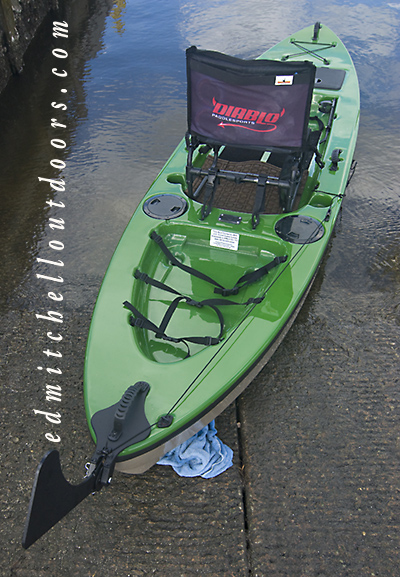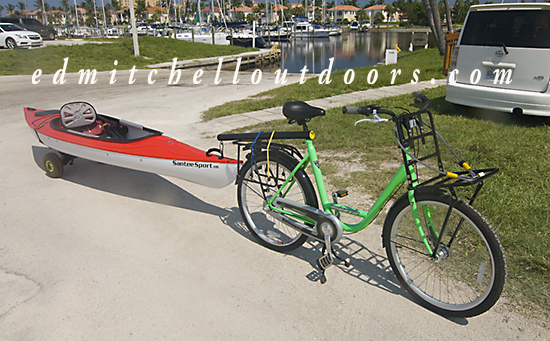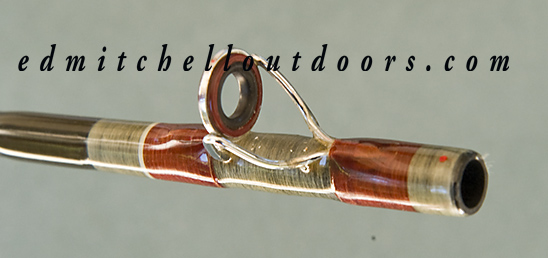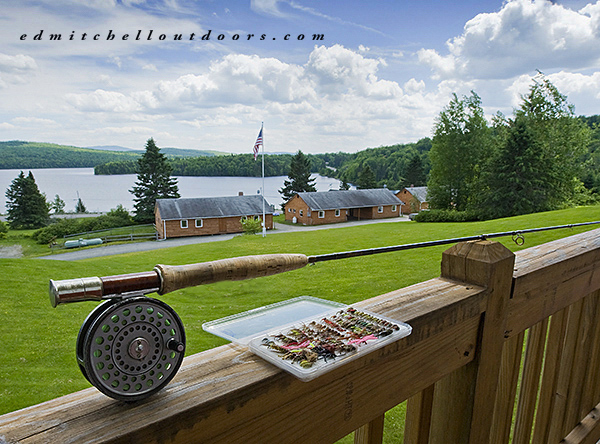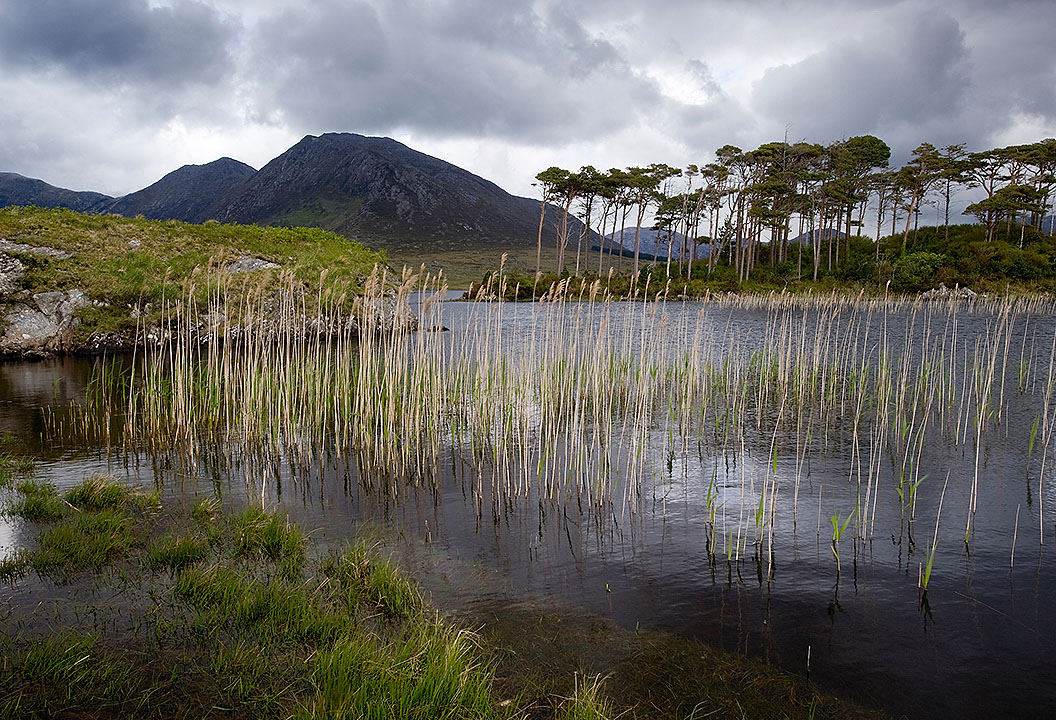Available in ’70s and ’80s, the Winston Stalker fiberglass fly rods were designed to fish with the delicacy of Winston’s famous “Lettle Feller” bamboo rods; which had been around since the ’30s, and first developed for small dry flies on Catskill streams. And these fine “glass” rods did just that, and are justly world famous.
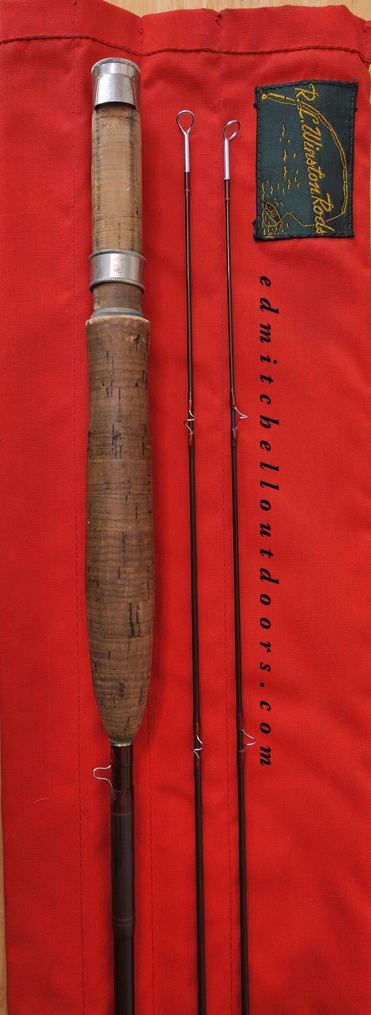
Winston Stalker
There were nine models in the Stalker series, ranging from an 8-foot, 6-inch, 4-weigh, down to the one shown in photo – a 6-foot, 6-inch rod, for a 2 or 3-weight line. They came in red poplin rod sacks, with a handsome green & gold woven emblem. Nice, real nice. I acquired the above rod over the phone from Winston eons ago, with two tips and an upgraded tube with brass cap. Believe me when I tell you this rod has brought me a great deal of joy over the years.
This Stalker is Montana built. The e-glass blank is tobacco brown with red wraps, tipped with a few turns of clear. It has a spigot ferrule and a German silver slide-band reel seat. The grip is 6″ and fine. Seven snake guides, and a single carboloy stripper ride the blank. Listed weight is 1.6 ounces. My friend, the rod is a feather in your hand. It casts a fly with just a hint of fly line outside the rod tip. With five feet of fly line out, the rod comes alive, and delivers smoothly and accurately out to twenty-five feet and a bit beyond. It’s a joy to cast. All of this with a 2-weight fly line.
As you might imagine, this Stalker is best with dry flies size 14 on down. BWOs, Tricos, Sulphurs, small caddis, and midges, fit the bill nicely, as do terrestrials flies to match ants, and beetles. While this may sound like a limited range of application, in the right circumstance this Stalker becomes a rare gem. At dusk, when the wind drops, the water turns to glass and the hatch begins, my 6-weight gets put away. (A Winston “glass” rod as well.) Now in the failing light the Stalker appears to drop dries with the softness of misty rain.
And fear no fine tippet, amigo. Bring on the 7x, hell bring on the 8X. The rod is very forgiving. Rear right back on it. Capable of turning a bluegill into a bluefin, and a fifteen inch trout into a river monster, this tiny rod can also morph a so-so day into a memorable one. Peewees rods are very cool. If you’re interested in learning more about glass fly rods, visit this excellent site www.thefiberglassmanifesto.blogspot.com
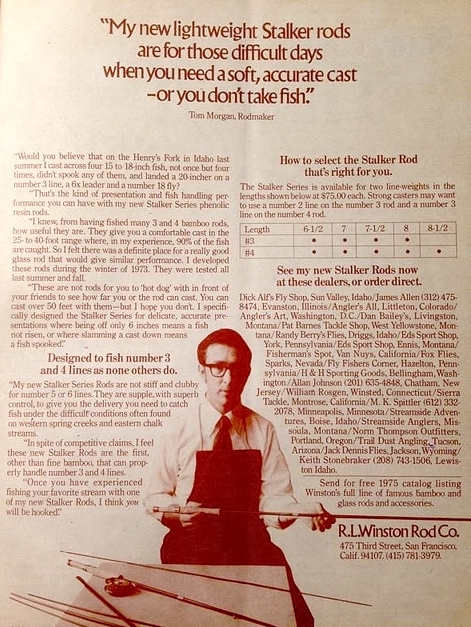
(Earlier on Winston produced a less known group of rods called the R.L. Winston Ultra-Light Fiber Glass Trout Rods. I believe these 5-weight rods were built with similar intent and predate the Stalker Series. You can see more info here.)
PS Interested in looking at other Winston “Glass” rods? Check out the links below.
Winston Retro Rod, Winston Glass 5wt, Winston Glass 6wt, Winston Glass 8wt,Winston Glass 10-weight, Winston Glass Big Game 12wt


